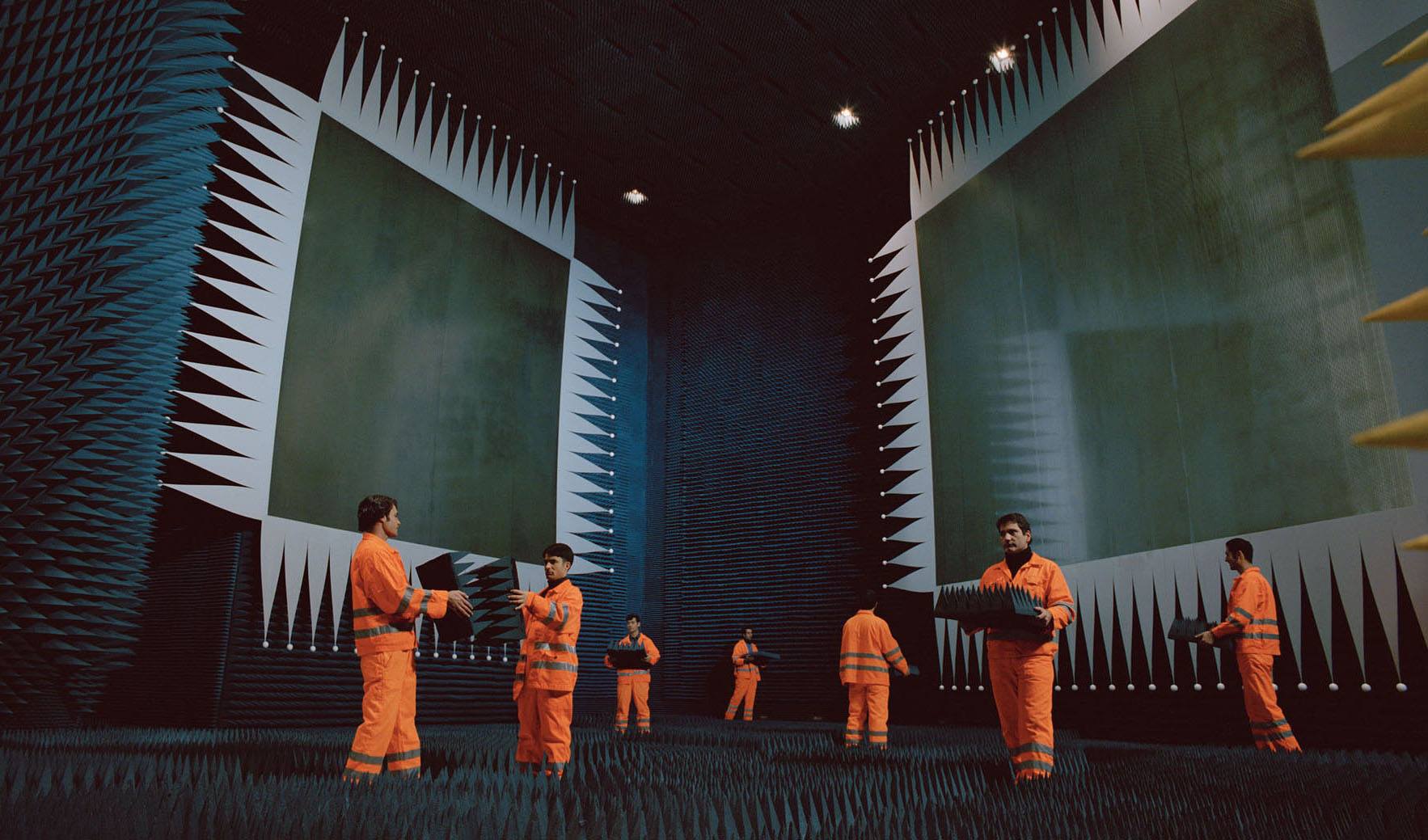Julian Rosefeldt | Asylum | 24/7
The narrative videos produced by Julian Rosefeldt (b. 1965, Germany; lives in Berlin) often address the ritual aspects of daily life, which express a wish to find meaning in our lives by imposing order on the chaos surrounding us. His works, referring to different sectors in society, stretch the boundaries of engaged art through aesthetics aimed at arousing the viewer’s empathy. Rather than “aesthetic correctness,” he says (in analogy to the concept of “political correctness”), he prefers theatrical staging in highly stylized and controlled compositions.{1} Rosefeldt places his figures in distant settings and employs rich cinematic means, produced in collaboration with many professionals, such as performers, set builders, sound people, and photographers. He films his works with a 16-mm camera, usually used for films projected on particularly large screens. The films, converted to video and then transferred to DVD, are presented as multi-channel, panoramic-screen installations. The current video is a shortened version made by the artist of his work Asylum, first shown in 2002 as a ninechannel cinematic installation at the Hamburger Bahnhof in Berlin. The work’s title has various meanings – personal or political shelter, refuge, sanctuary, as well as hospital of the mentally ill – all of which find expression in it.
